Apple has consistently been at the forefront of innovation and design. Their events are always marked by anticipation and excitement, and this year’s ‘Scary Fast’ Event was no exception. As we delve into the myriad of announcements and unveilings from the event, readers can expect a comprehensive overview of Apple’s latest contributions to the tech landscape. From groundbreaking hardware to innovative software enhancements, let’s unpack all that Apple introduced during this riveting showcase.
Related Reading
Contents
M3, M3 Pro, M3 Max
The headline act was the new M3 chips, including the M3, M3 Pro, and M3 Max variants. These chips are built on a 3-nanometer process technology and boast GPU architectures with Dynamic Caching that allows precise memory allocation to tasks. The M3 chips are claimed to be 2.5 times faster than their M1 predecessors, with 30% faster CPU speeds. These chips will be integrated into the new MacBook Pros and the 24-inch iMac, with the promise of improved graphical capabilities through hardware-accelerated ray tracing and mesh shading
The new M3 chips emphasize GPU prowess, featuring hardware-accelerated ray tracing, mesh shading, and Dynamic Caching. This not only benefits graphics-intensive tasks like gaming and 3D modeling but also general computing tasks, as the GPU can allocate memory more effectively.
Before diving deeper, here’s a breakdown of what the architecture of each chip looks like:
-
-
Up to 24GB of unified memory
-
25 billion transistors
-
-
4 performance cores
-
4 efficiency cores
-
-
-
Dynamic Caching
-
Mesh shading
-
Ray tracing
-
-
-
-
Up to 36GB of unified memory
-
37 billion transistors
-
-
6 performance cores
-
6 efficiency cores
-
-
-
Dynamic Caching
-
Mesh shading
-
Ray tracing
-
-
-
-
Up to 128GB of unified memory
-
92 billion transistors
-
-
12 performance cores
-
4 efficiency cores
-
-
-
Dynamic caching
-
Mesh shading
-
Ray tracing
-
-
Apple’s comparisons highlight that the M3 offers 2.5x the rendering speed of the M1 and that its CPU is 30% faster than the previous generation. Part of this improvement can be attributed to the increase in RAM support, which allows for up to 128GB to be paired with the M3 lineup. In terms of the Pro and Max M-series of chips, this is a first, as the previous limit was 96GB for the M2 Max.
The M3 chips emphasize significantly on the GPU, providing capabilities that can be leveraged by graphic designers, video editors, and gamers. The hardware-accelerated ray tracing and mesh shading are particularly relevant for 3D modeling and gaming applications.
With the increase in performance capabilities, managing heat becomes crucial. Apple’s design and engineering have often focused on improved thermals to ensure that the machines run cooler even under heavy workloads, providing consistent performance without throttling.
The MacBook Pro line now incorporates the M3, M3 Pro, and M3 Max chips, offering significant performance enhancements. Both the 14-inch and 16-inch variants boast Liquid Retina XDR displays, aiming to provide a clearer, brighter, and more color-accurate visual experience, while also promising 20% brighter SDR content.
Apple claims that both form factors of the new MacBook Pro can run for up to 22 hours on a single charge, a noteworthy increase and a boon for professionals on the go. The MacBook Pros come equipped with a 1080p camera, a marked improvement for video calls and content creation. Additionally, a six-speaker system provides richer audio, ideal for media consumption and professional audio tasks.
The new MacBook Pros are now available in a striking Space Black color, marking a departure from the traditional silver finish. This new shade adds a sleek and modern touch to the lineup.
In essence, the M3 MacBook Pros signify Apple’s commitment to pushing the limits of laptop performance, combining enhanced hardware capabilities with refined design and user experience. For professionals, creatives, and power users, these new machines promise faster processing, longer battery life, and a more immersive audio-visual experience, all packaged within a sleek and modern chassis.
Here’s how pricing shakes out for the new M3 MacBook Pro lineup:
-
-
8GB / 512GB – $1,599
-
8GB / 1TB – $1,799
-
-
-
18GB / 512GB – $1,999
-
18GB / 1TB – $2,399
-
-
-
36GB / 1TB – $3,199
-
-
-
18GB / 512GB – $2,499
-
36GB / 512GB – $2,899
-
-
-
36GB / 1TB – $3,499
-
48GB / 1TB – $3,999
-
Pre-orders for the all-new M3 MacBook Pro lineup are available today, and those models will begin arriving on Tuesday, November 7.
It’s been almost three years since the redesigned iMac, powered by the M1 chip was unveiled. Since then, a lot has changed in the world of computing and because of this, an upgrade was long overdue.
Rather surprisingly, Apple really didn’t do too much in the way of offering an upgrade, only introducing the M3 chip to the iMac lineup. You still have seven different colors to choose from, along with the ability to configure the iMac with up to 24GB of RAM and 1TB of SSD storage.
Apple didn’t even go so far as to introduce different colors, or even upgrade the peripherals with USB-C as opposed to Lightning. For all intents and purposes, this is nothing more than a spec bump, which is admittedly disappointing.
For those who are in the market for a new all-in-one Mac, and are upgrading from an older model, there are some things to get excited about. Thanks to the new M3 chip, Apple claims the 2023 iMac is twice as fast as its predecessor and four times faster than the “most powerful 21.5-inch” Intel iMac.
Unlike the MacBook Pro lineup, you don’t have the option to choose between the M3, M3 Pro or M3 Max. Instead, you’ll only be able to get the Apple M3, which is another disappointment. There’s definitely still room for a more powerful iMac, especially for those who don’t want to pair a Mac Mini or Mac Studio with something the Studio Display.
Nevertheless, pricing for the new M3-powered iMac starts at $1,299 for the 8GB / 256GB model and goes up to $2,858 if you want to fully spec it out. This price also includes both a Magic Mouse and Magic Trackpad, 24GB of RAM, 2TB of storage, and a Magic Keyboard with Touch ID and Numeric Keypad.
You can pre-order the M3 iMac today, and it will begin arriving on Tuesday, November 7.
What Didn’t Apple Announce?
Leading up to the virtual invitations rolling out, there was a lot of speculation about what devices would be unveiled at Apple’s next event. There were also rumors that Apple wouldn’t be holding another event, virtual or otherwise, until early 2024. But it seems that the company still managed to keep everyone on its toes with its Scary Fast event.
That being said, there are a few things that we have been waiting for Apple to announce, that didn’t make an appearance during the Mac-centric event.
iPad Mini
The redesigned iPad Mini was unveiled back in September of 2021, making this one of the older products in Apple’s lineup. While convenient, the device is long overdue for an upgrade, as there are still many who have to deal with issues such as “jelly scrolling.”
Rumors point to a new and improved iPad Mini being in the works, complete with an upgraded processor, and more storage. Notably, there are hopes that Apple will move away from the LCD display in favor of some type of OLED panel. This would be great considering how convenient the iPad Mini is for content consumption.
Refreshed Studio Display
Apple’s Studio Display hasn’t been around for quite as long as the iPad Mini, as it launched in March 2022. Many have been hoping for a refreshed and updated model that implements Apple’s ProMotion technology to match up with the displays we have on the iPhone, iPad Pro, and MacBook Pro lineup.
Currently, the Studio Display is locked to a 60Hz refresh rate, which is fine for some. But with so many other displays, monitors, and TVs offering faster refresh rates, a ProMotion Studio Display would be incredible.
It would also be nice if Apple didn’t make everyone pay more to have a tilt- and height-adjustable stand.
Larger iMac or iMac Pro
I kind of danced around the topic when covering the M3 iMac, but it’s really time for Apple to introduce either a larger iMac or an iMac Pro with something like the M3 Pro or M3 Max. There’s nothing inherently wrong with the new iMac, other than being underpowered and too small for some to even consider.
Unfortunately, there isn’t much indication that Apple is working on, let alone planning on releasing either a new iMac Pro or a larger iMac.
Say Goodbye to the 13″ MacBook Pro
Following the announcement of the 14-inch and 16-inch MacBook Pro models, many in the tech space were surprised to see that the 13-inch MacBook Pro would be sticking around. The Touch Bar wasn’t for everybody, as it never really took off the way that Apple likely imagined it would. This sentiment was driven home even further after the MacBook Pro 13″ was updated alongside the redesigned M2 MacBook Air.
Thankfully, the Touch Bar days are finally behind us, as Apple is sunsetting the 13″ MacBook Pro. In its place, the base model M3 14-inch MacBook Pro will serve as the “best” entry-level Pro MacBook.
There Was A Surprise
As a subtle flex of its technology, Apple revealed at the end of the event that the presentation was shot on an iPhone and edited on a Mac, emphasizing the capabilities of its devices even in producing high-quality event streams.
The revelation that the event was shot on an iPhone and edited on a Mac is more than just a marketing stunt. It’s a testament to the power of Apple’s ecosystem. By highlighting the capabilities of the iPhone as a professional-grade camera and the Mac as a high-performance editing platform, Apple is showcasing the seamless integration and collaboration between its products, reinforcing the value proposition of investing in its ecosystem.
Apple’s ‘Scary Fast’ Event undoubtedly lived up to its name, unveiling a slew of innovations that promise to redefine the way we interact with technology. From cutting-edge devices to software designed to enhance user experience, Apple has once again demonstrated its commitment to pushing the boundaries of what’s possible.
The introduction of the M3 MacBook Pros is a testament to Apple’s relentless pursuit of excellence in the laptop segment. By blending cutting-edge technology with user-centric design decisions, Apple aims to provide a product that not only meets but exceeds the expectations of its diverse user base, from everyday consumers to professional creatives.
As always, it would be beneficial to see hands-on reviews and real-world tests to gauge how these machines perform outside of Apple’s controlled presentations and benchmarks.
Andrew Myrick is a freelance writer based on the East Coast of the US. He enjoys everything to do with technology, including tablets, smartphones, and everything in between. Perhaps his favorite past-time is having a never-ending supply of different keyboards and gaming handhelds that end up collecting more dust than the consoles that are being emulated.

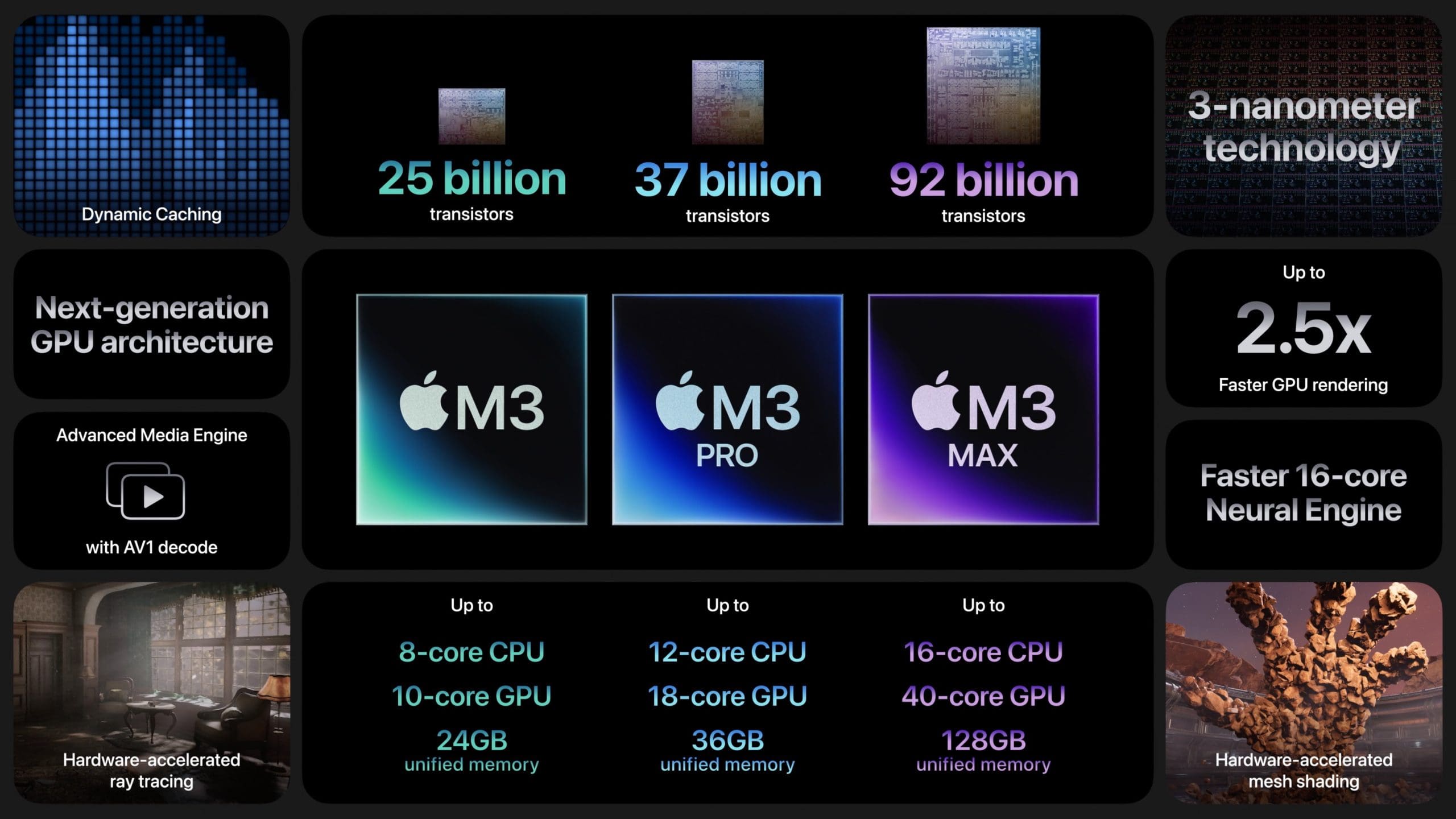
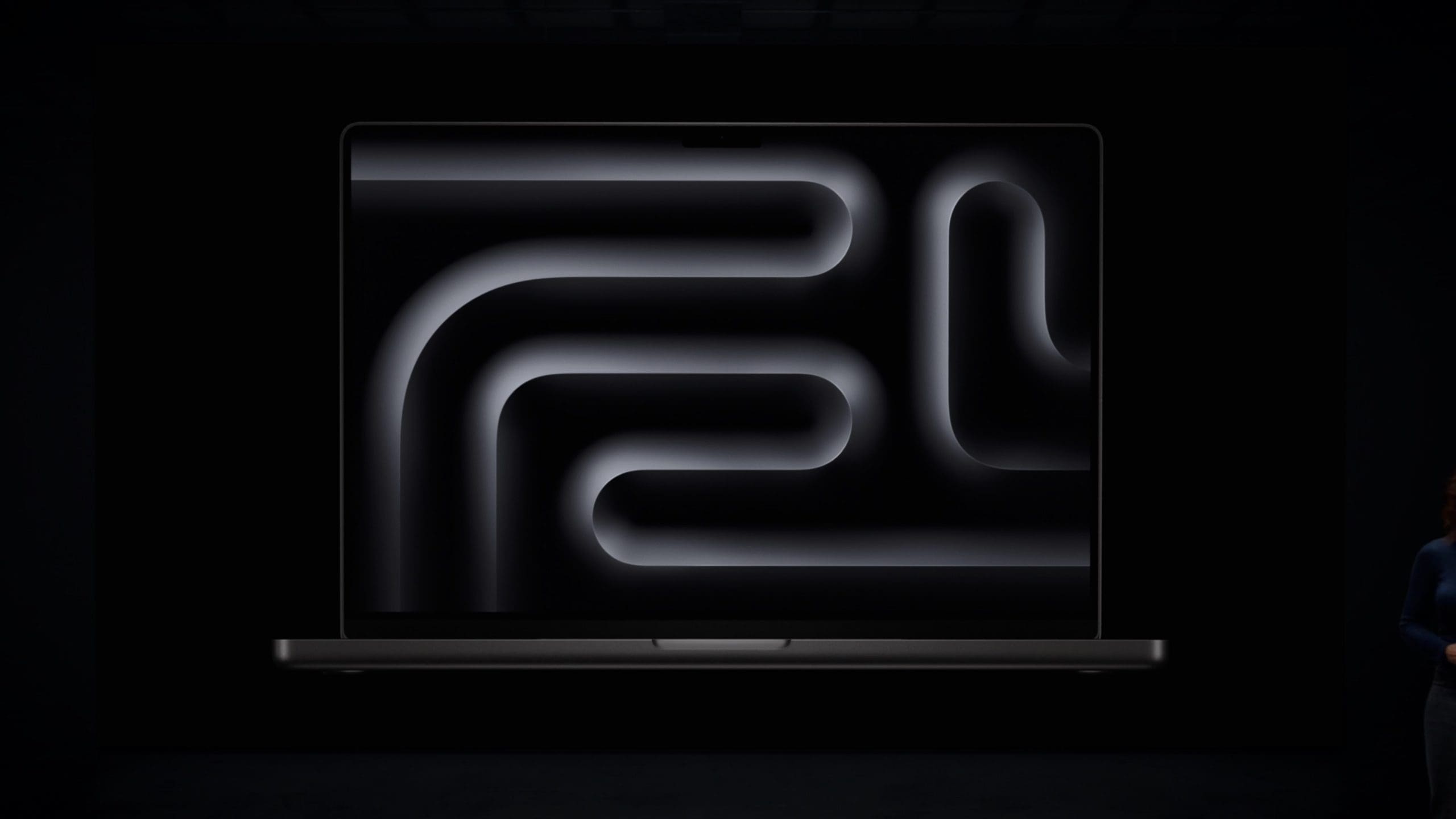
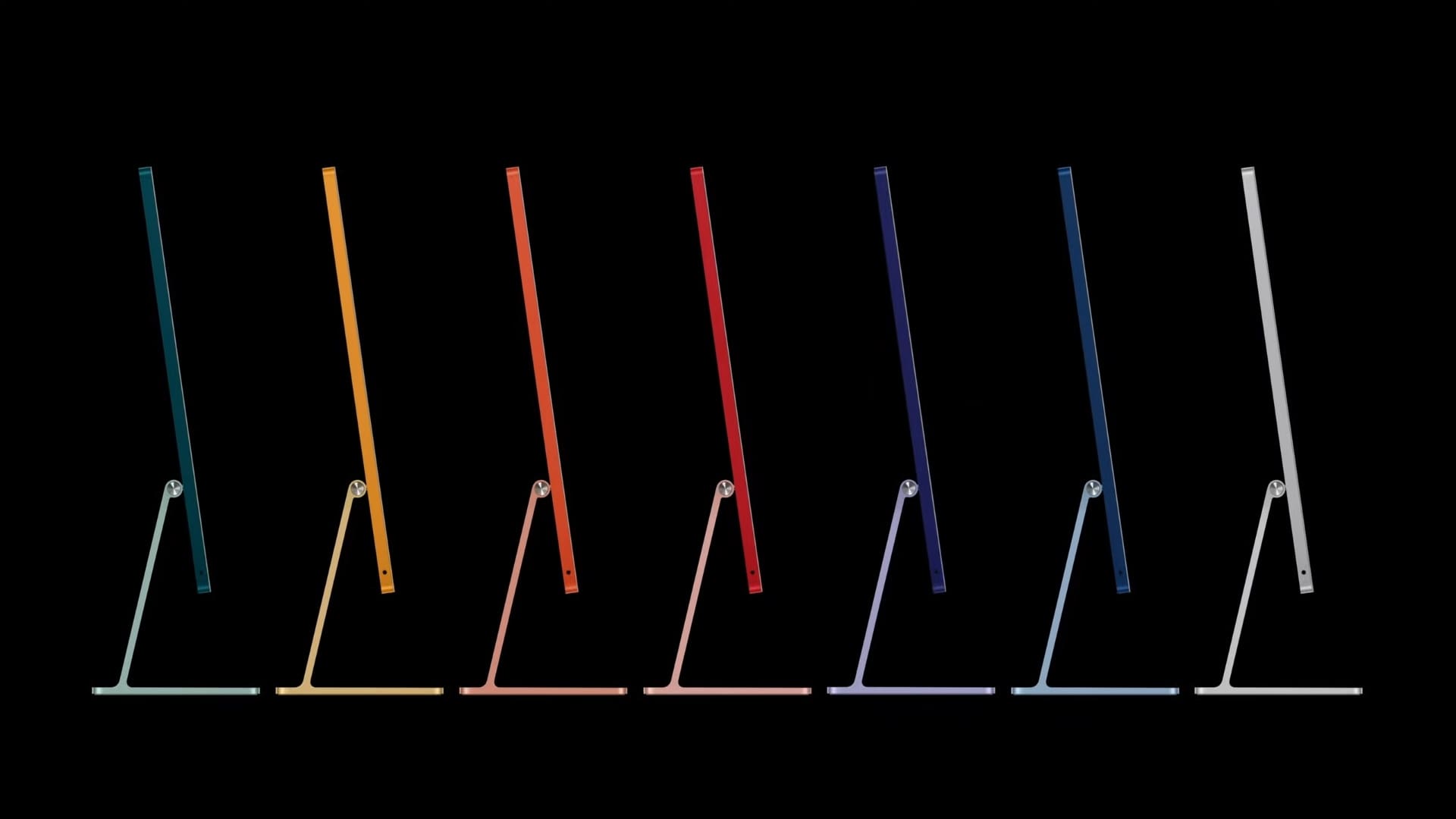
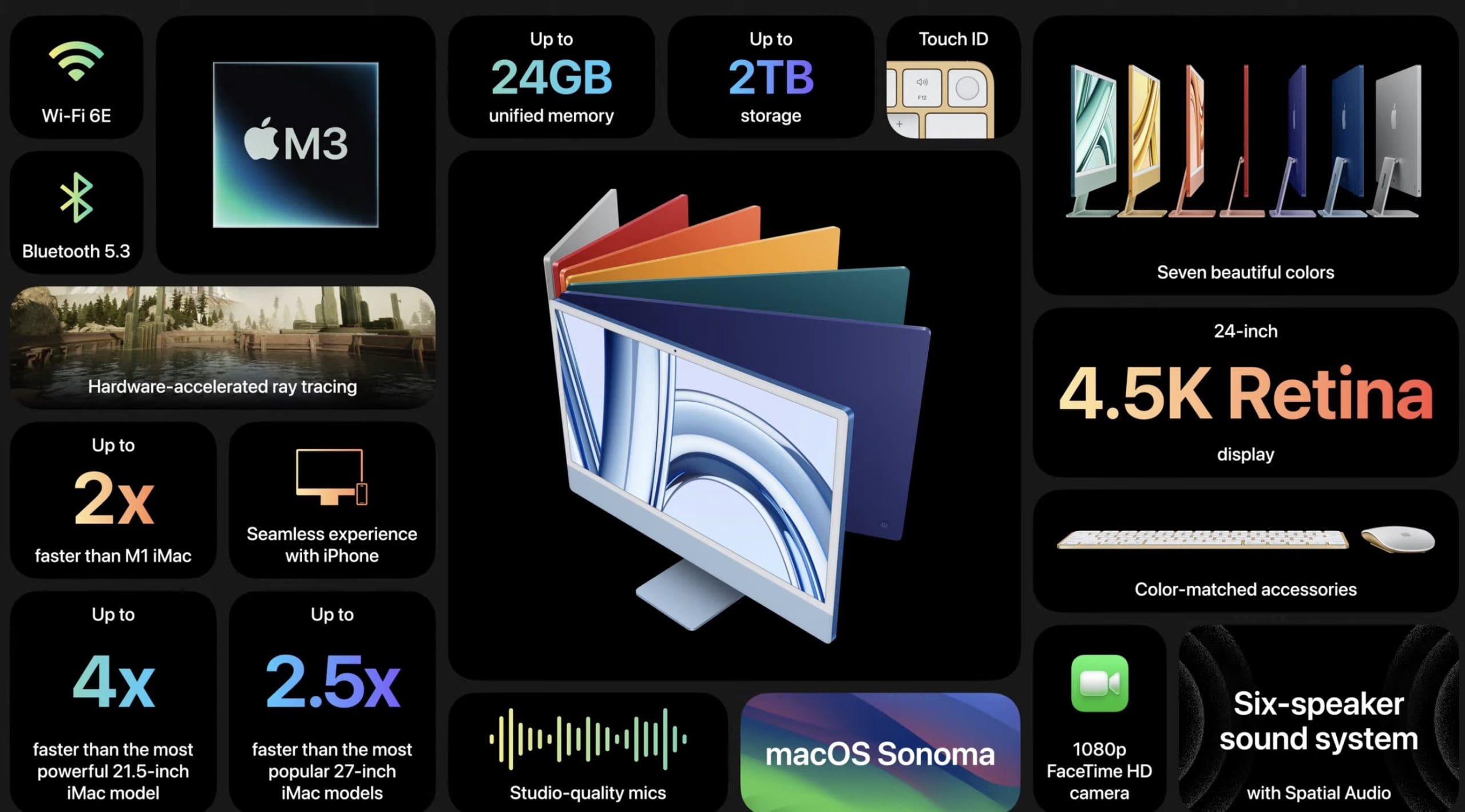
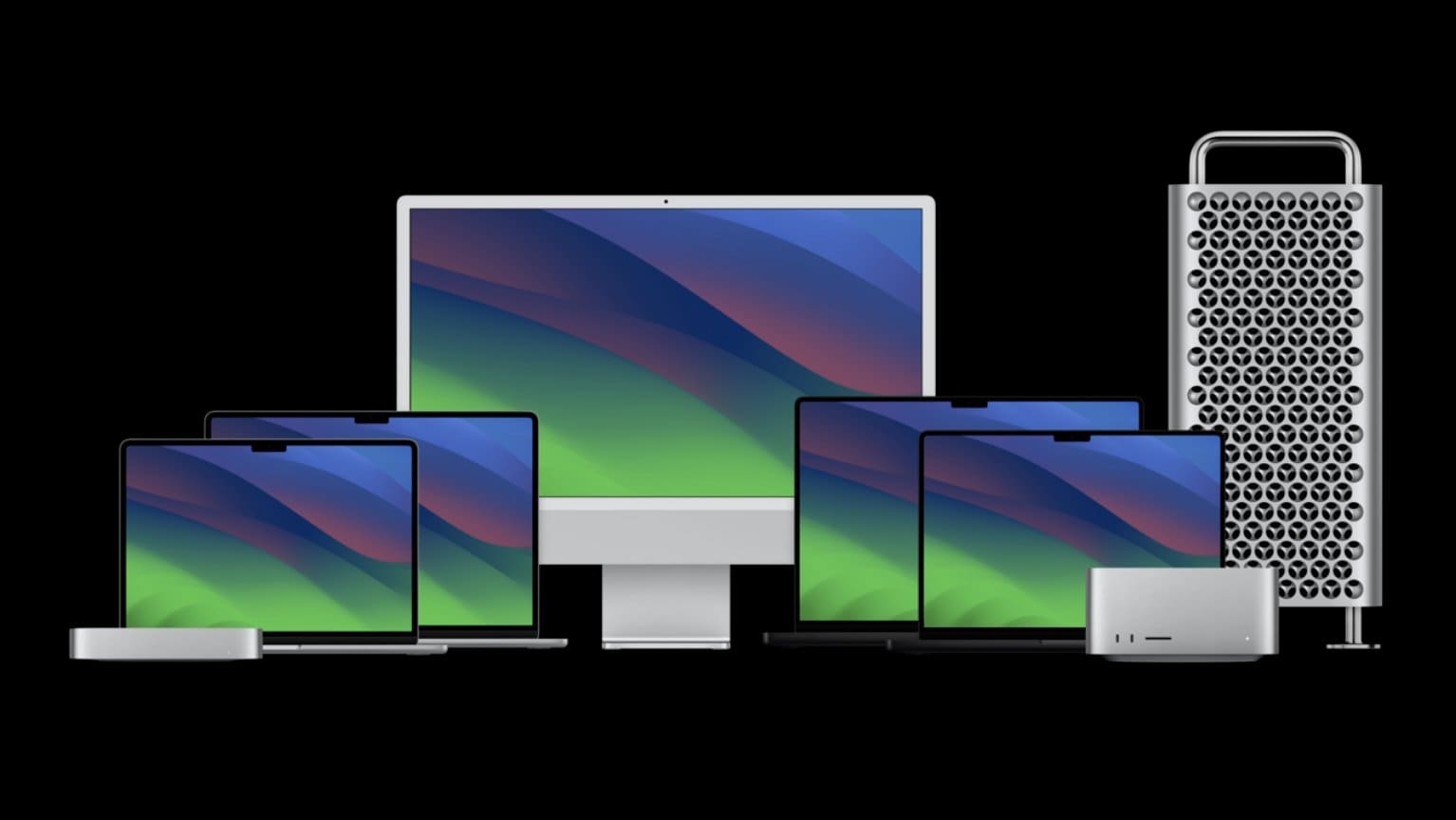





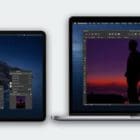


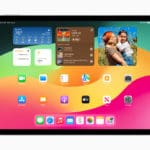
Write a Comment